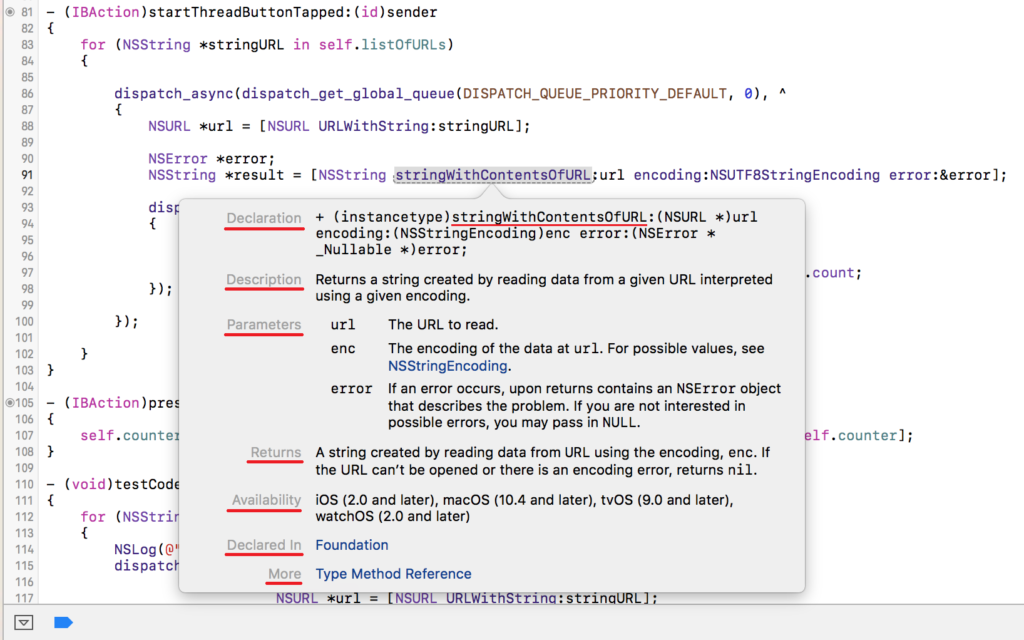[Download the full Swift Xcode project from GitHub.]
[Download the full Objective-C Xcode project from GitHub.]
UPDATE: I’ve updated this article for Swift 4, learned a few new tricks, and taken advantage of the Swift 4 compiler’s “intelligence.” Please check out the new version as it’s more comprehensive and detailed, and my source code has been highlighted and commented to better help you understand the sometimes confusing concept of parallelism. There’s a brand new Xcode companion project, too.
Today, I’m going to start answering some of the concurrency questions I asked you to ponder in yesterday’s post entitled “Concurrency in iOS — Grand Central Dispatch (GCD) with Swift 3.” Specifically, I’m going to write some code in Swift 3 and Objective-C showing you the difference between serial and concurrent queues. But before coding we’ll talk about concurrency in general, the terminology used in discussing concurrency (threads, process, and tasks), the differences between the terms “concurrent” and “parallel,” the differences between serial and concurrent queues, the differences between synchronous and asynchronous methods/functions, and finally we’ll wrap up with some more definitions you need to know about.

